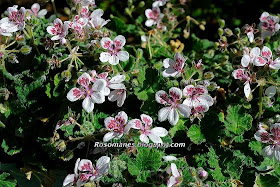
Our latest trip was occasioned by my oldest son's losing a lego figurine of Luke Skywalker, light saber and all, which, if you are not around boys and legos much, is a disaster of major proportions. He thought he'd left it at my sister-in-law's house, which is close to Stanford. He didn't find it there and we thought we'd stop by at the campus for awhile to cheer him up a little.
For me, the biggest attraction of this part of the campus is Rodin's sculpture group, The Burgers of Calais.
The sculpture commemorates 6 wealthy citizens of Calais, who offered their lives and keys to the city's gates to King Edward III during The Hundred Years' War in exchange for sparing the lives of the rest of the town's population.
The statues are on the ground rather than on a pedestal, which makes the figures more human. You can easily see how isolated each of them is in his grief and despair.
The interior of the turn of the century church, though not rivaling the famous European cathedrals in beauty and splendor, is interesting and elegant...
with intricate mosaics
sandstone carvings
and stained glass
The dome is supported by four archangels set in mosaic. All of them were damaged in the 1989 Loma Prieta earthquake, and subsequently restored.
One can easily spend a whole day here admiring the plentiful architectural details and thinking about the university's more than century-long history.
P.S. As for Luke Skywalker, he was found the next day, clean and unharmed, in a load of laundry. Mysterious are the ways of Jedi Knights.





















































